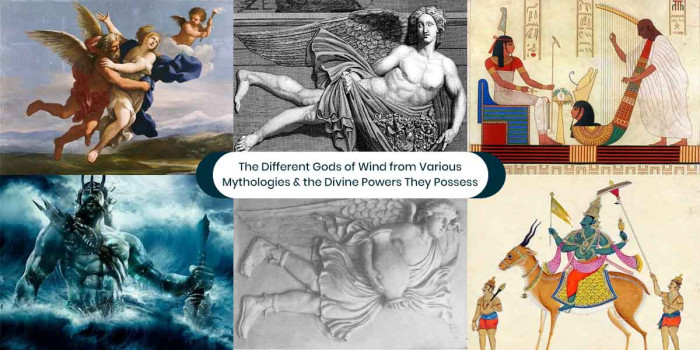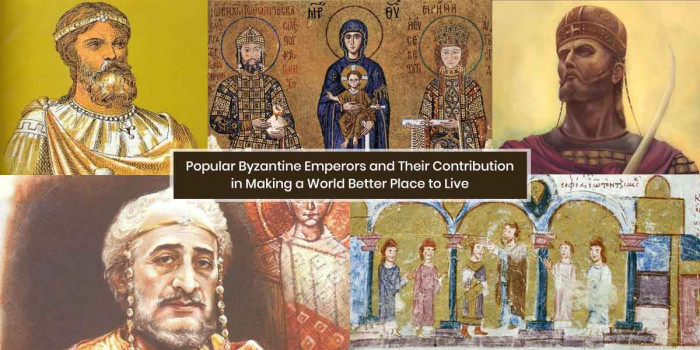23 Must Know Facts About Codex Gigas “The Devil’s Bible”
The Devil’s Bible has been given its name because of a full-size portrait of the Devil. Portraits of the Devil were common dur...

The Devil’s Bible has been given its name because of a full-size portrait of the Devil. Portraits of the Devil were common during the Middle Ages but this particular portrait is unique. Here, the Devil is portrayed alone on the page. The image is very big—nineteen inches tall.
The Devil is crouching and facing forward. He is naked apart from an ermine loincloth. Ermine is worn as a sign of royalty. It is believed that the Devil wears ermine in this image to demonstrate that he is the Prince of Darkness.
1) It is reputed to be the biggest surviving European manuscript

Codex Gigas means ‘giant book’.
2) The Codex Gigas contains five long texts as well as a complete Bible
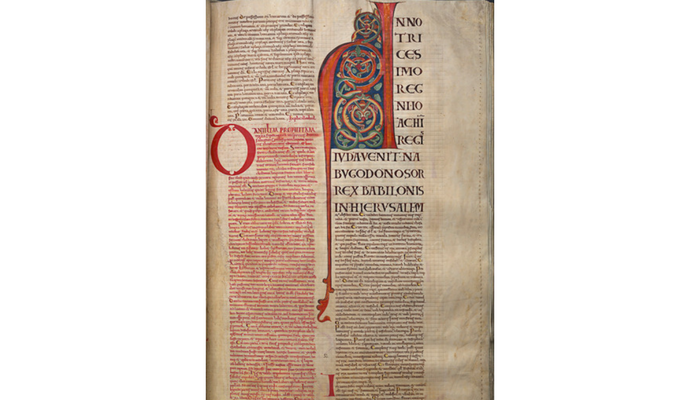
3) The Devil’s Bible contains 310 pages
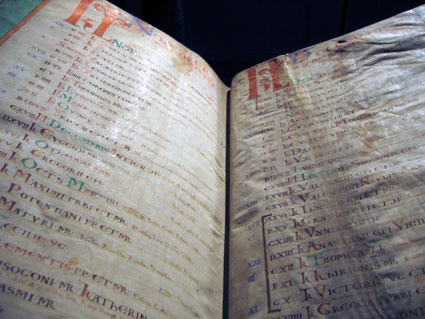
Originally, The Devil’s Bible had 320 pages.
4) The Devil’s Bible is 36 inches tall, 20 inches wide, and 8.7 inches thick

5) Codex Gigas Was Made Out Of Animal Skin
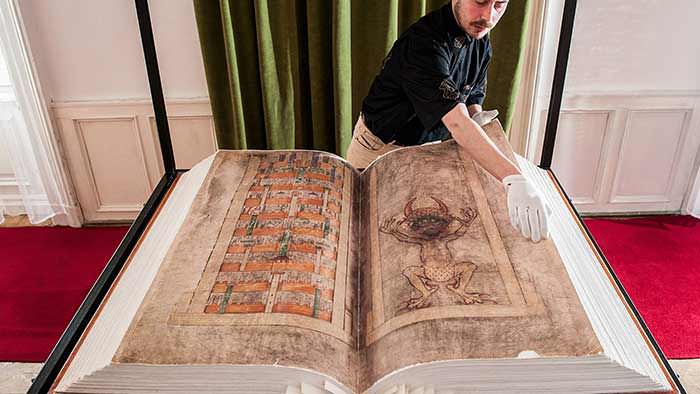
The 310 parchment leaves (620 pages) of the Devil’s Bible are made of vellum, from the processed skins of 160 animals, most probably donkeys. [3.1]
6) 10 Pages Of The Devil's Bible Are Missing
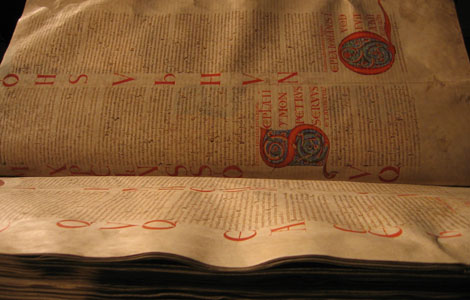
Some pages of the Devil’s Bible are thought to have been removed, and no one knows what happened to them.
7) The entire Devil’s Bible is written in Latin
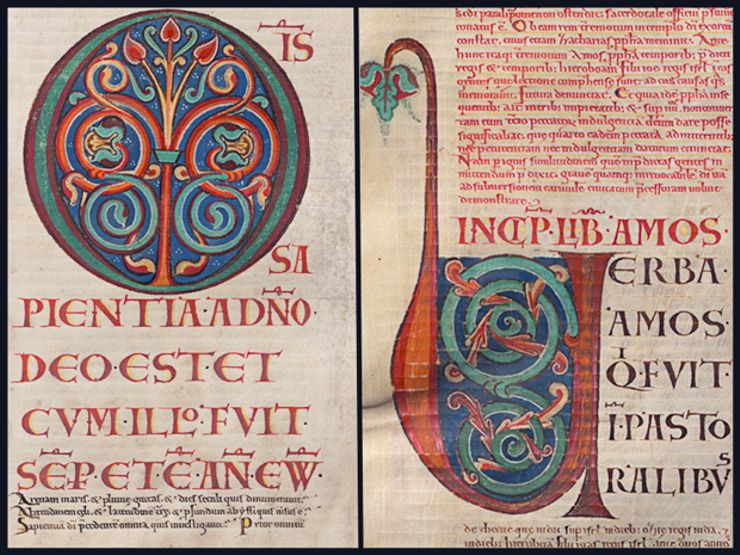
The calligraphy is lavishly illuminated throughout.
8) It Takes Two Adults To Carry The Bulky & Heavy Codex Gigas

Including its wooden case, which is ornamented with metal, the Devil’s Bible is so heavy (about 165 pounds) that it requires at least two adults to carry it.
9) There Are Only Two Pictures In The 310 Page Manuscript
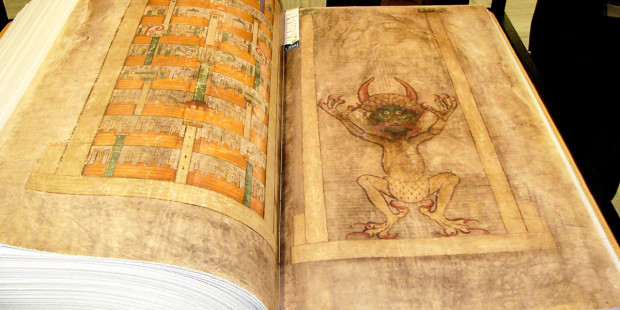
The portrait of the devil faces a picture of the “City of Heaven,” the only other image in the Devil’s Bible.
10) Illustration Of The 'City Of Heaven' Is Without People In It
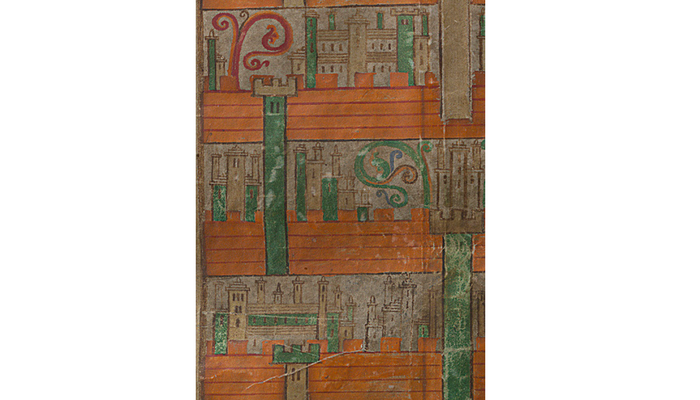
Some scholars believe that the picture of Heaven negates the portrait of the devil. Others have noted that no people can be seen in the City of Heaven.
11) The Devil's Bible Includes The Encyclopedia Of The 7th Century by St.Isidore

Also in the Devil’s Bible is the “encyclopedia” by St. Isidore, who, more than a millennium after he lived, is regarded as the patron saint of the Internet. Isidore’s Etymologiae was an attempt to record all universal knowledge of his time, the 7th Century.
12) There Are Two Magic Spells In The Manuscript Too
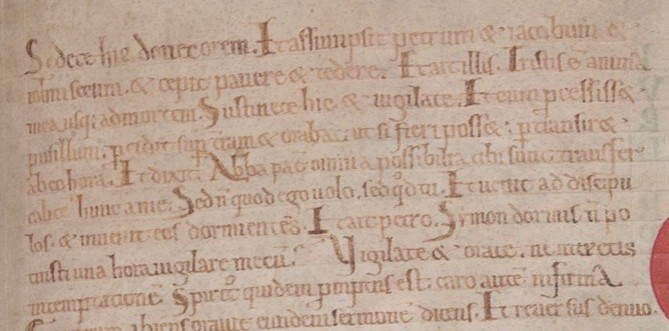
There are also two magic spells, both with specific instructions on how to identify and catch a thief.
13) Weird Medieval Practices Are Also Mentioned In The Devil's Bible
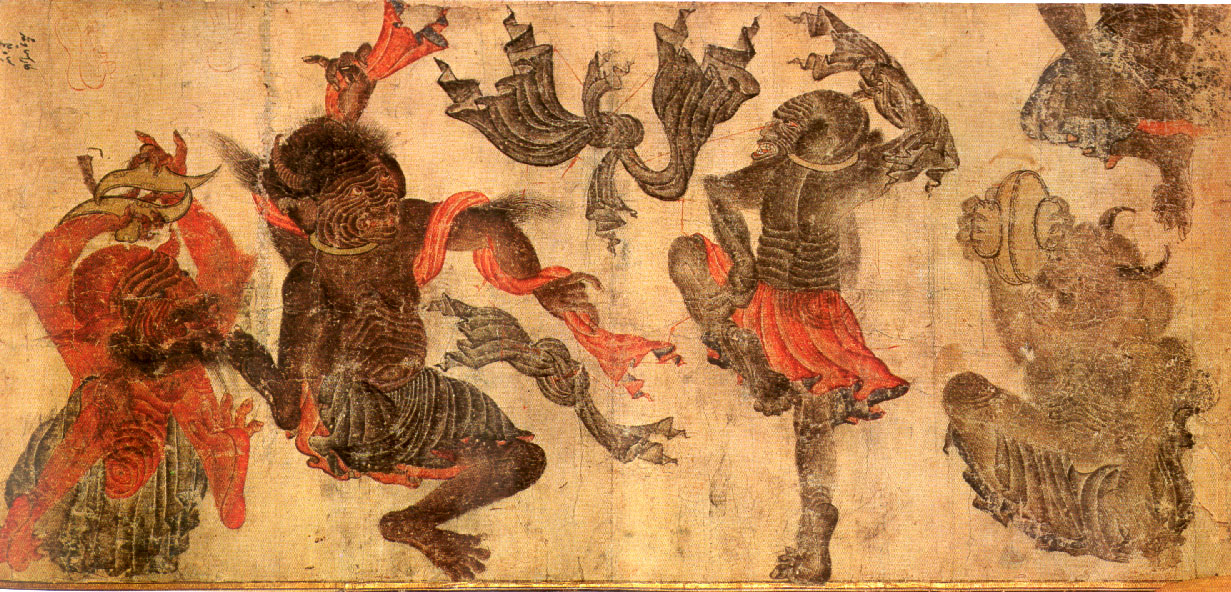
Possession by demons was commonly thought during medieval times to be the cause of many illnesses.
14) Exorcism Was The Go To Treatment To Illnesses
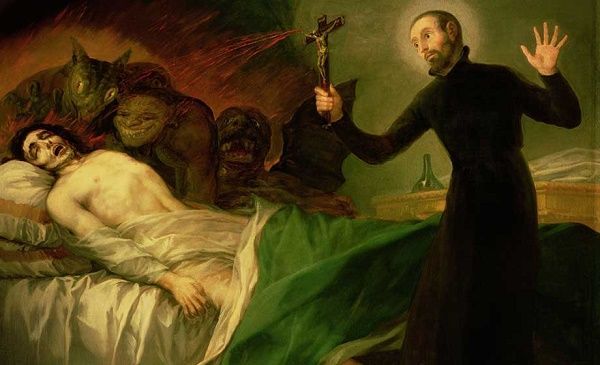
The church had specific rituals to exorcise evil by casting demons out of an afflicted person’s body.
15) The Scribe Sold His Soul To The Devil To Complete the Book In One Night
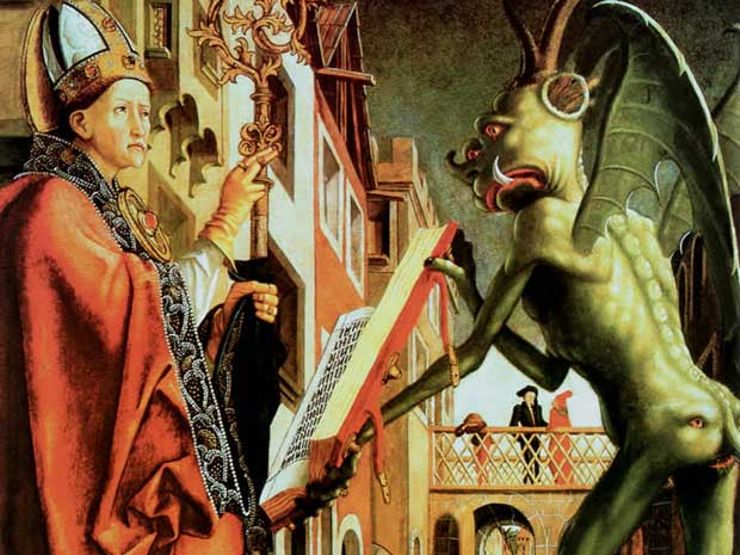
There are several myths surrounding the creation of The Devil’s Bible, and they all involve the Devil. One of the most famous myths is that the scribe traded his soul to the Prince of Darkness so that he could complete the book in one night.
16) General Public Can't See the Original Manuscript Now.
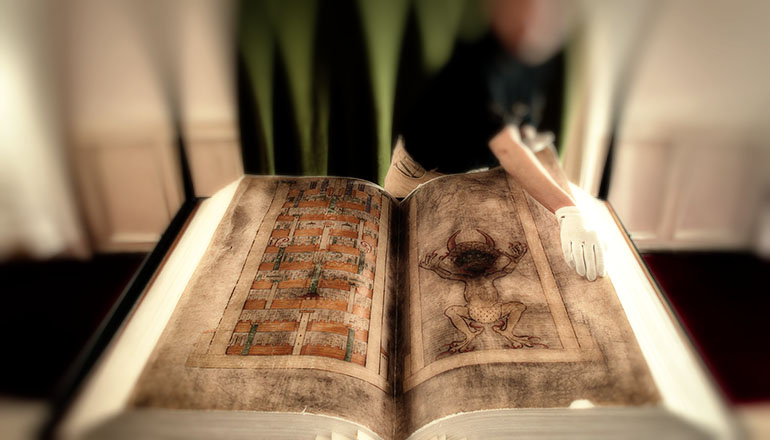
The original manuscript is no longer on display for the general public. The treasury exhibition is closed.
17. The Devil’s Bible is nothing less than a wonder
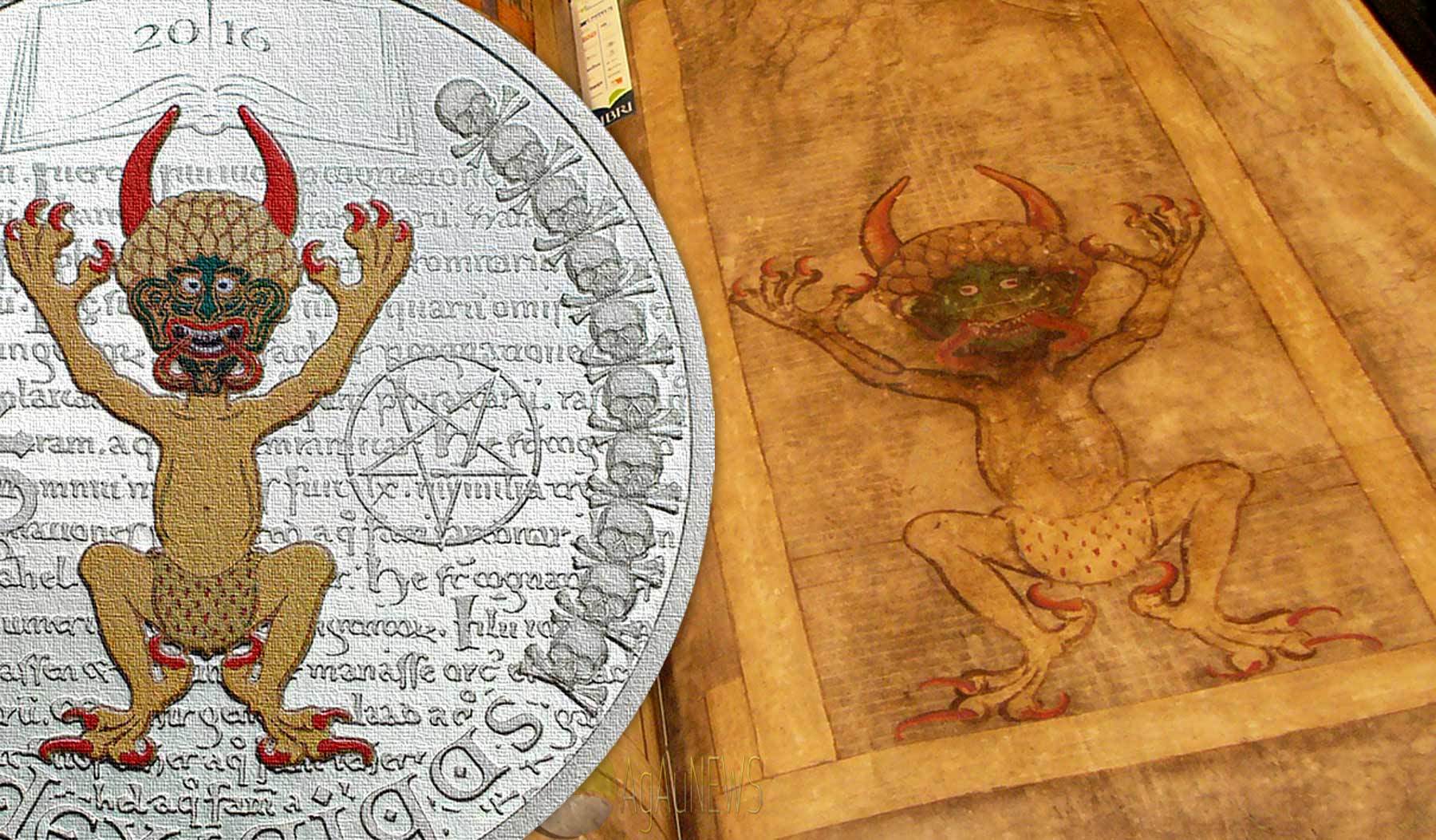
Codex Gigas was named the eighth wonder in the Christian world because of the image of a devil painted on the first page.
18. The pages are adorned with different colors
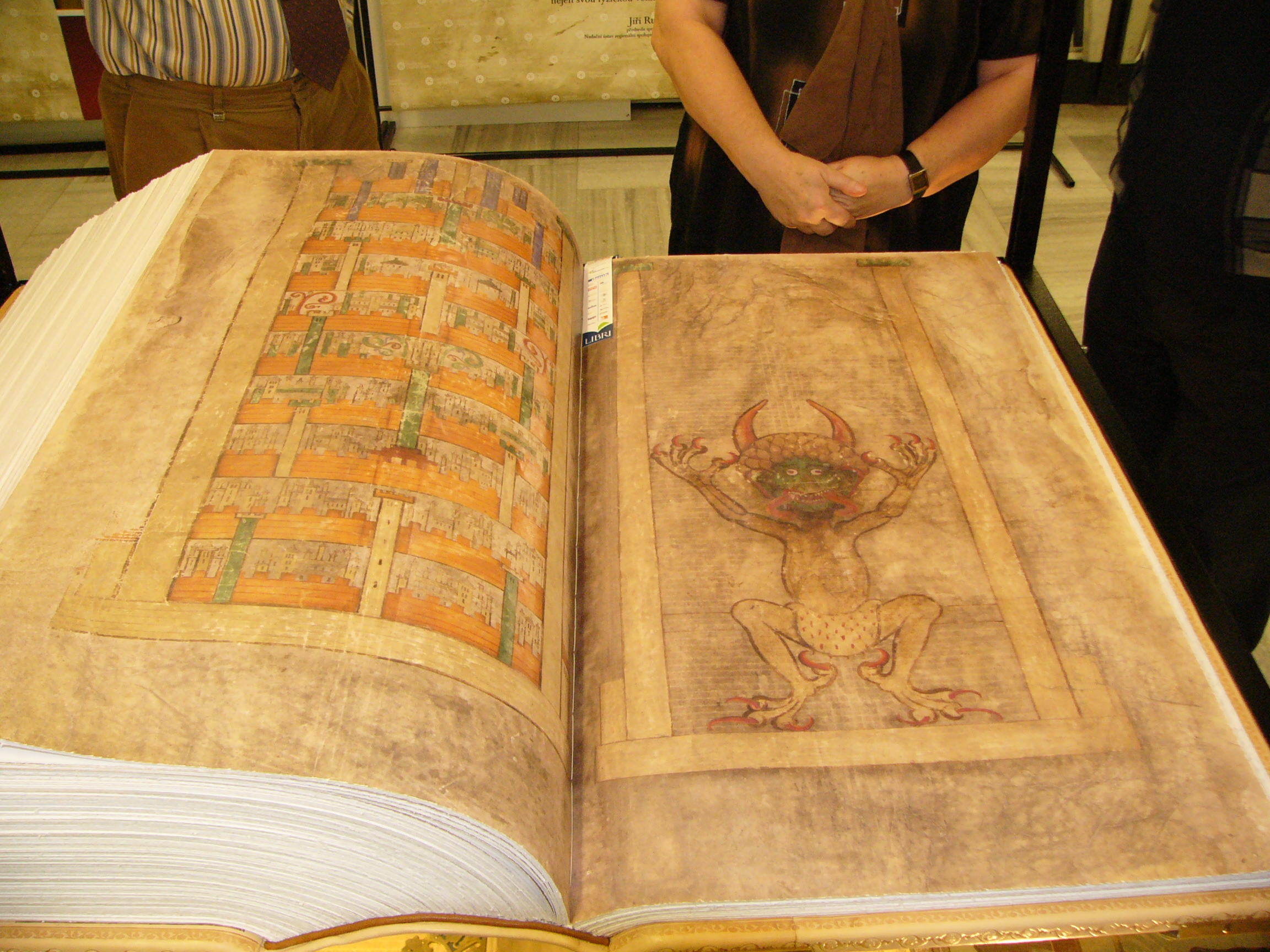
The pages of the devil’s bible contain illustrations of red, blue, yellow, and green. 290th page has a unique 50-inch drawing of a devil.
19. The ink used is different
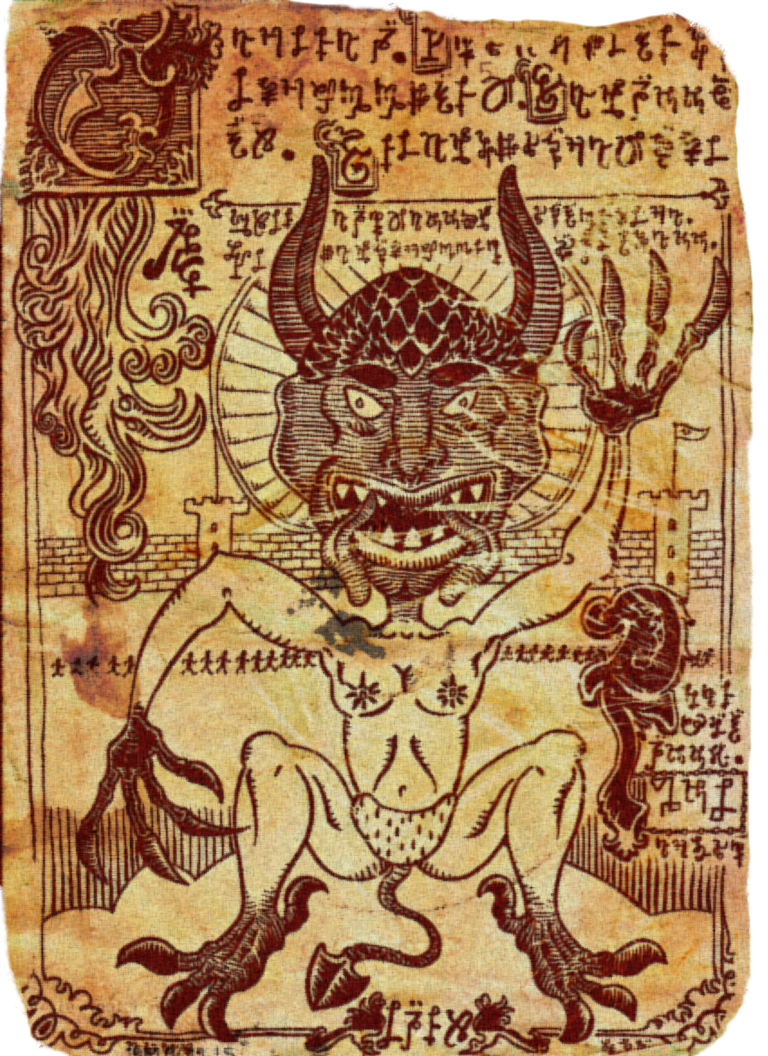
The ink used to write the giant manuscript was made up of crushed insects.
20. Codex Gigas was insured
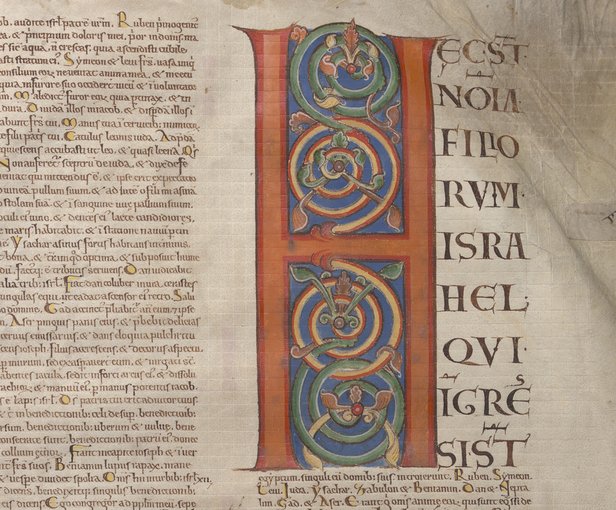
In 2007, the Devil’s Bible was insured for the first and the last time with a state insurance company. The amount was worth 20 million euros.
21. It took quite a long time to complete
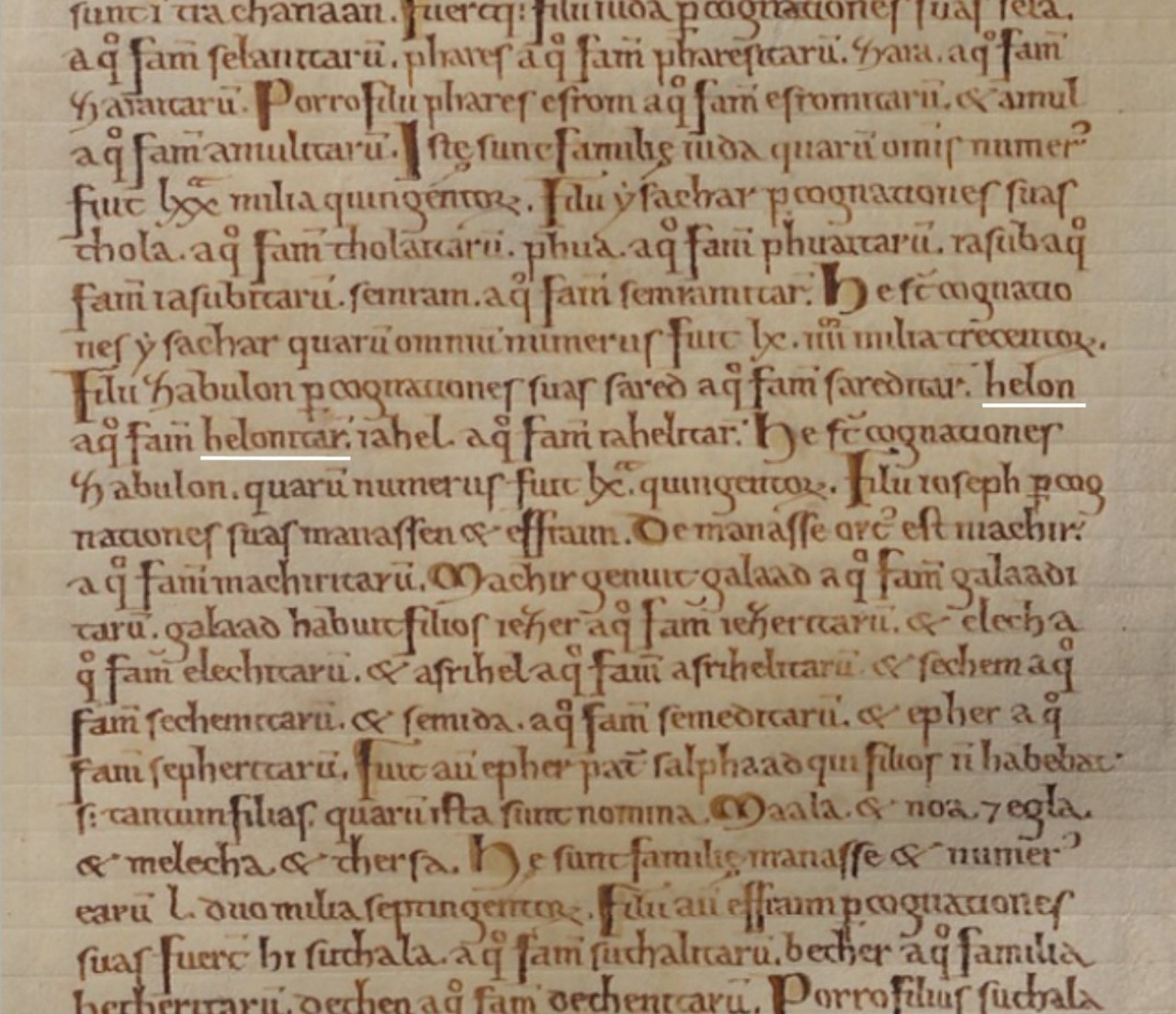
The research claimed that it was only one person who wrote the whole manuscript. The time taken to complete it was 30 years.
22. Story behind the devil’s portrait
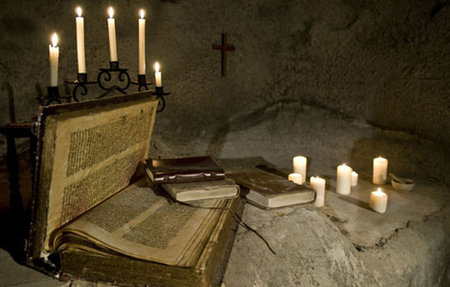
Some researchers believe that as the midnight approached the monk who was writing the Bible, he had realized that he would not be able to complete the task. So, he succeeded to exchange the soul with the devil. He included the portrait of the devil to thank him. Others believed that it was the devil himself who painted the image.
23. The Devil’s image and the city of heavens
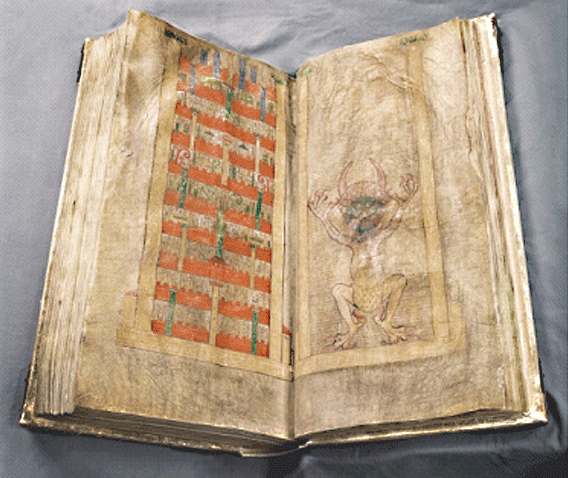
The book has the devil’s image next to the city of heavens. It is believed that the writer presented a comparison between the good and the evil.
Conclusion
These were some interesting facts about the “Codex Gigas” and its unusual content which is the reason behind its title “The Devil’s Bible”.
Did you find it interesting? If you find some unusual facts about the giant manuscript, then do share them with us.
Thanks for visiting!
Popular Posts
Top 10 Sharpest & Deadliest Swords In History
In classic mythological movies, books and television, we’ve seen those audacious sword-wielding heroes smiting the enemi...
Augustus Perez
List of Water Deities from Different Mythologies
Water deities are the gods and goddesses who had the powers to control the elements of water and ruled over all the fresh and saltwater of the earth. Here’s a list of water deities from different mythologies.
Rishika Gupta
Winged Lion: The Terrifying Mythical Creature In Different Mythologies
A mythological creature, a winged lion dates back to ancient times. This flying lion-like creature has origins in Heraldry, Christianity, Mesopotamian, and Greek mythologies.
Ethan Stephans






